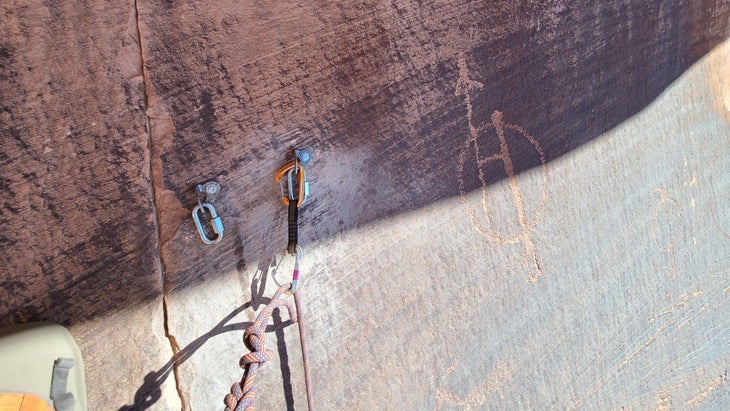Reay said he was “horrified and angry.” Reports of the damage online sparked a storm of outrage. The bolts have since been removed, but damage to the petroglyphs is forever, said Elizabeth Hora, archaeologist for the Utah State Historic Preservation Office.
She said it’s heartbreakingly common around the state where Ancestral Puebloans and Fremont people left their marks. And vandalism increased over the last year, as more people flocked to the outdoors during the coronavirus pandemic, she said. Still, “we firmly believe here in our office that shaming and blaming is not the way to make change.”
A Colorado Springs man, 36-year-old Richard Gilbert, took responsibility in an interview with The Gazette. He said he mistook the rock art for graffiti when he placed the bolts used by climbers to anchor their clips. When he realized what he had done, he said he reported to a ranger at Moab’s Bureau of Land Management field office.
The agency declined to provide details to the newspaper or confirm whether Gilbert was behind the damage, calling it an active investigation. Officials did warn people against “harassment or threatening behavior.”
Under the Archaeological Resources Protection Act, first-time violators could be fined up to $20,000 and imprisoned for up to one year.
Gilbert said he typically puts in climbing bolts to help young climbers or those with disabilities. Bolting for low-grade routes is generally frowned upon in climbing circles.
“Mistakes are made, and that doesn’t make it any better, I know,” Gilbert said. “It’s not. I made a mistake.”






